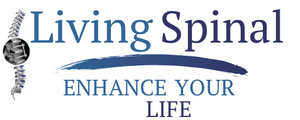Free Shipping within the US on orders over $99 | Financing Options Available

1-619-810-0010 9AM-5PM (CST) : Mon - Thu 9AM-3PM (CST) : Fri
1-619-810-0010 9AM-5PM (CST) : Mon - Thu 9AM-3PM (CST) : Fri
Assistive Technology Devices for Physical Disabilities
Assistive technology devices for physical disabilities encompass a wide range of tools and equipment designed to enhance independence, mobility, and quality of life for individuals with physical impairments. These devices can include mobility aids such as wheelchairs, walkers, and scooters, which provide support and assistance with movement and serve as assistive technology for physical impairments.
Additionally, adaptive equipment like prosthetics, orthotics, and braces help individuals with limb differences or musculoskeletal conditions regain or enhance their mobility and functionality. Assistive technology also extends to devices such as specialized keyboards, voice recognition software, and switches, which enable individuals with limited dexterity or mobility to access and interact with computers and electronic devices more easily.
These new assistive technology devices for physical disabilities are continually evolving, with advancements in robotics, wearable devices, and sensory aids offering new opportunities for individuals with physical disabilities to engage in daily activities and pursue their goals with greater independence and confidence.
Looking to find the right assist device for you? Give us a call and one of our assistive device specialists can help you find the right product: 1-619-810-0010.
Also, check out our Powered Transfer Aids, Gripping Aids and our Vehicle Products!